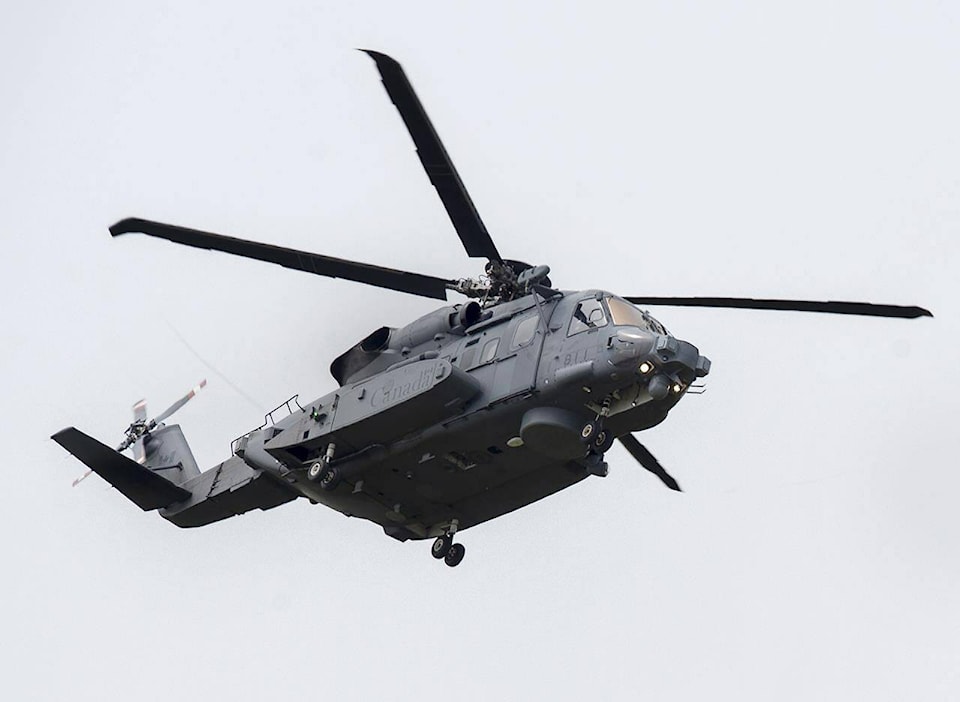OTTAWA — The Defence Department’s top procurement official says he would feel safe flying on the military’s new Cyclone helicopters, and that he is more concerned about an “urban myth” emerging about the aircraft than its actual airworthiness.
Assistant deputy minister of materiel Troy Crosby made the comments as military officials and Sikorsky Aircraft, which builds the Cyclone, work to address several issues with the naval helicopters.
Those include a software problem that caused one of the Cyclones to crash off the coast of Greece last year, killing all six Armed Forces members on board, and tail cracks that were recently discovered on virtually the entire fleet.
Despite these issues and several other incidents since the Cyclones came into service in 2018 after nearly two decades of problematic development, Crosby insisted the issues are unrelated and the helicopters remain safe for military crews to fly.
“Aviation always does, of course, come with some risk,” he said. “But my concern is that the narrative that can be created by knitting together unrelated issues that do need to be addressed can start to create an urban myth.”
Like Royal Canadian Air Force commander Lt.-Gen. Al Meinzinger, Crosby credited the air force’s technicians and inspection protocols for finding the tail cracks on 21 of the military’s 23 Cyclones before a serious incident.
Those cracks are now being repaired, Crosby said, even as the military and Sikorsky continue working on a solution to the autopilot problem that saw the Cyclone known as Stalker 22 crash into the Ionian Sea on April 29, 2020.
Master Cpl. Matthew Cousins, Sub-Lt. Abbigail Cowbrough, Capt. Kevin Hagen, Capt. Brenden MacDonald, Capt. Maxime Miron-Morin and Sub-Lt. Matthew Pyke died in the crash — the largest single-day loss of life for Canada’s military since its mission in Afghanistan.
Several experts have been calling for urgency in fixing the software issue that led to the conflict between the pilot and autopilot responsible for Stalker 22’s crash, but the Defence Department says it won’t have a solution until spring.
Time is required to make sure any remedy doesn’t result in new problems, Crosby said.
“The process needs to be worked through to look at all those potential scenarios and mitigate the risks the best you can,” he said.
